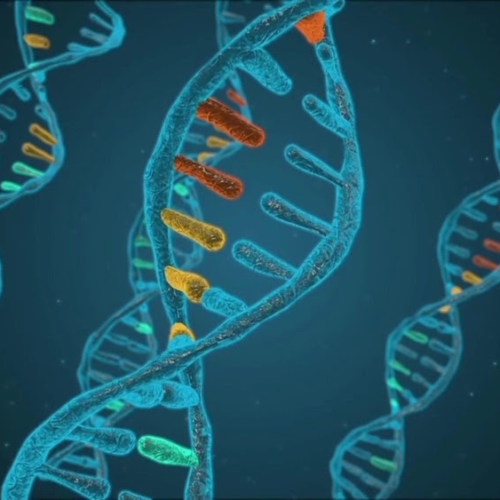An imaging method reveals various proteins (blue, yellow and magenta) inside the nucleus of a human connective-tissue cell.Credit: Ajay Labade, Zachary Chiang, Caroline Comenho and Jason Buenrostro Researchers are queuing up to try a powerful microscopy technique that can simultaneously sequence an individual cell’s DNA and pinpoint the location of its proteins with high resolution...
Category: <span>Medical Education</span>
Is there anything good about menopause? Yep, here are four things to look forward to
Menopause is having a bit of a moment, with less stigma and more awareness about the changes it can bring. A recent senate inquiry recommended public education about perimenopause and menopause, more affordable treatments and flexible work arrangements. But like many things in life, the experiences of menopause are on a continuum. While some women find it challenging and...
Ablation Technology: Innovations and Industry Overview
What is ablation technology? Ablation therapy consists of a minimally invasive treatment, which can be used for treating cancer by destroying tumors and other abnormal tissues within the body. It uses either extremely high or low temperatures to remove a layer or layers of tissue. However, radiofrequency energy or electrical currents can also be used.1...
NEW APPROACH MAKES BONE GRAFTS BETTER
Researchers are succeeding in their efforts to build a better bone graft in the lab. Each year, about 2.2 million bone-grafting procedures are performed worldwide. The gold standard of care is autografting, which uses the patient’s own bone for tooth implantation and to repair and reconstruct parts of the mouth, face, and skull. There are drawbacks...
New molecule can mimic the effects of fasting and exercise
Researchers from AU, Denmark, have developed a molecule that can mimic a major metabolic response to regular and strenuous exercise and fasting by increasing levels of lactate and ketones in the blood, which are associated with several health benefits Peer-Reviewed Publication Aarhus University image: The illustration to the left shows the chemical structure of LaKe....
Revolutionizing cardiovascular risk assessment with AI
University of Pennsylvania School of Engineering and Applied Science A recent position paper in the Asia-Pacific Journal of Ophthalmology explores the transformative potential of artificial intelligence (AI) in ophthalmology. Led by Lama Al-Aswad, Professor of Ophthalmology and Irene Heinz Given and John La Porte Given Research Professor of Ophthalmology II, of the Scheie Eye Institute, the work represents a...
Could groin pain be a sports hernia?
A sports hernia is a type of core muscle injury that occurs when there is weakening or a tear in the lower abdominal wall or the tendons that attach muscles to your pelvis. Although it can be found in a similar location to an inguinal hernia, typically, there is no bulge of the intestine protruding...
Prostatic artery embolization offers lasting benefit for benign prostatic hyperplasia: Study
For men with benign prostatic hyperplasia (BPH), prostatic artery embolization (PAE) is safe and effective over 24 months of follow-up, according to a study published online Sept. 4 in Cardiovascular and Interventional Radiology. Marc R. Sapoval, M.D., Ph.D., from the Assistance Publique-Hôpitaux de Paris, and colleagues conducted an international trial of men with BPH with lower urinary tract symptoms (LUTS)...
Common consumer product chemicals now tied to cardiac electrical changes
Common consumer product chemicals now tied to cardiac electrical changes Graphic summary of the effect of phenol exposure on ECG parameters in the Fernald Cohort. Effect size represents the change in the value of ECG parameters with a change in one unit of log transformed urinary phenol concentration. Red bars illustrate effects that have statistical...
Proto-Oncogene Activation: The Genetic Shift that Fuels Cancer
By Dr. Priyom Bose, Ph.D.Reviewed by Danielle Ellis, B.Sc. Proto-oncogenes are a group of genes that normally regulate cell division and growth by encoding regulator proteins for cell cycle, growth factors, transcription factors, DNA-binding proteins, and protein kinases that are involved in signal transduction. Upon mutation, proto-oncogenes change to oncogenes and transform normal cells into...

